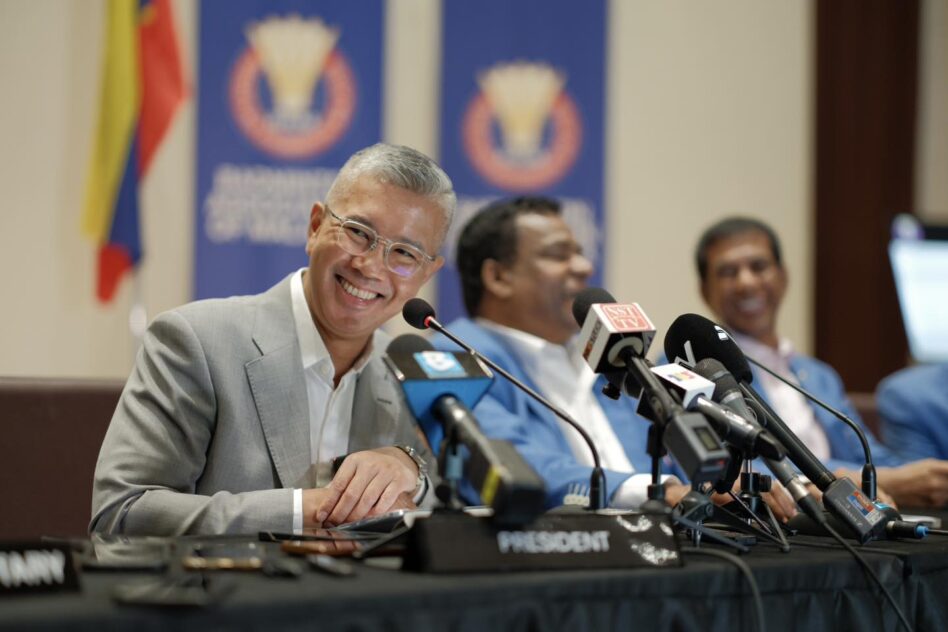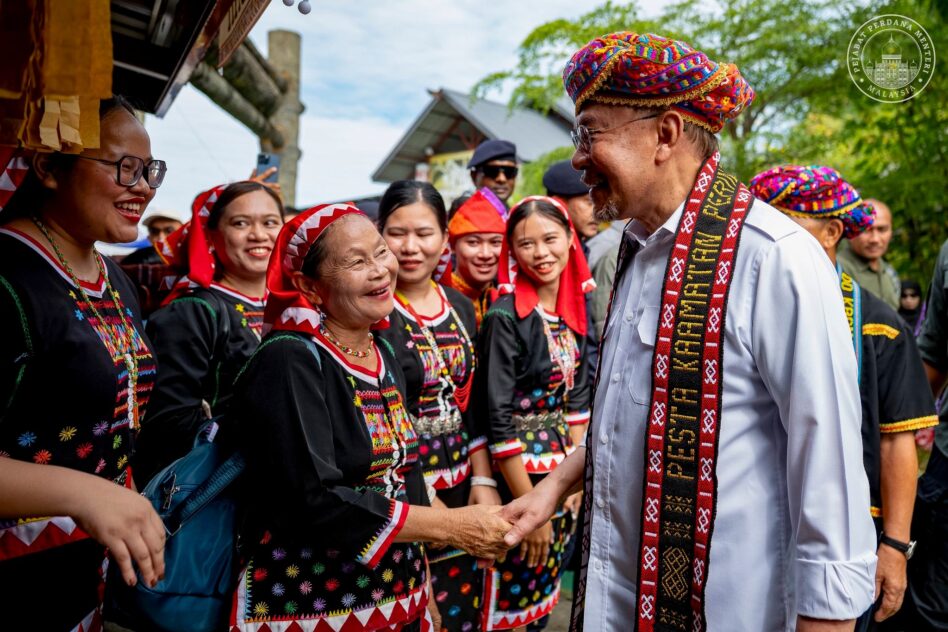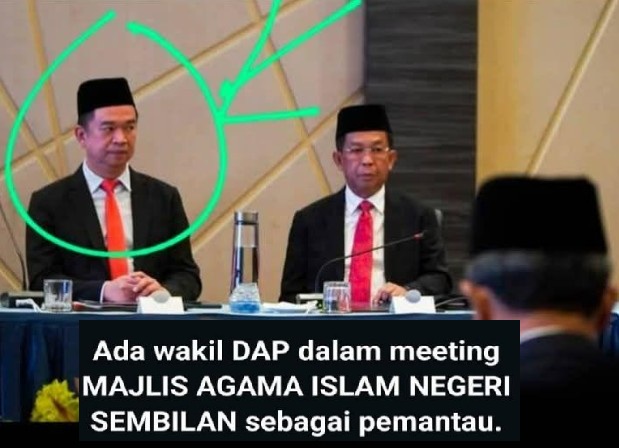By Emmanuel Samarathisa
FGV Holdings Bhd seems to be on the right path for a turnaround. The embattled government-linked planter finally made it back to the black for the fourth quarter ended Dec 31, 2019 (4Q19), with a net profit of RM76 mil from a net loss of RM209 mil a year ago.
For the full year, FGV also narrowed losses to RM242 mil from RM1.08 bil the previous year.
But looming over the group is its obligation to major shareholder Felda through the land lease agreement (LLA).
Unique to FGV, the LLA was bundled in as part of the group’s initial public offering in 2012 where Felda, with a 33.3% stake, leased some 355,000ha of its plantations through a 99-year contract.
Felda then receives payments of RM248 mil a year as well as a profit share of 15% for leasing its land.
Such demands have proven strenuous on FGV’s balance sheet as the assumption then was CPO prices to remain elevated at RM2,800 per metric tonne (MT).
But CPO prices gradually slid to about RM1,948/MT by May last year. This meant FGV struggled to fulfil its end of the bargain. This was confirmed by then Economic Affairs Minister Datuk Seri Mohamed Azmin Ali who blamed FGV, among others, for Felda’s underperformance.
According to Azmin, the RM248 mil lease, as well as the 15% profit share, should bring FGV’s total contributions to RM800 mil a year.
“However, Felda only received an average of RM400 mil a year from FGV, as opposed to RM800 mil required per year in the minimum to manage the plantation and to ensure the livelihood of the settlers,” he said after tabling the Felda white paper in April last year.
According to FGV’s presentation at a press briefing on Feb 28, its gearing ex LLA is 0.8x as of end 2019, down two basis points from 0.82x in 2018.
FGV told FocusM that its gearing ratio with LLA is 1.51x where borrowings plus LLA liability amount to RM9.22 bil as at Dec 31 divided by total equity of RM6.1 bil.
For context, its other government-linked peers above RM1 bil in market capitalisation such as the Sime Darby Plantations Bhd, the world’s largest oil palm plantation company by planted area, and Boustead Plantations Bhd registered gearing ratios of 0.7x and 0.8x respectively.
MIDF analyst Khoo Zen Ye said as long as CPO prices remained elevated, the LLA “won’t be a drag to FGV as about 30% of its FFB supplies originate from LLA land.”
A healthy range, according to Khoo, would be around RM2,200-RM2,400/MT. Current spot prices are around RM2,270/MT due to weak economic conditions exacerbated by the Covid-19 outbreak.
But MIDF in a March 11 note said “the lower inventory level and moderated output level to partially support CPO price and the year-to-date CPO price remains elevated at about RM2,800/MT.”
If that pans out, FGV would naturally be able to fulfil its LLA agreement as that was the CPO price range when the deal was struck. Also, FGV has been embarking on a selling spree, divesting non-core assets. The group is expected to sell about RM150 mil of non-core assets this year.
But FGV still has its work cut out, Rakuten Trade vice-president Vincent Lau told FocusM.
“This is not going to be an easy task for the group to meet, given the current economic conditions, but if they work doubly hard and also take a more careful approach in growing the business while increasing efficiencies in yields, they might be able to break even this year,” he said.
FGV’s shares settled at 96 sen, or 3.52% lower, at the midday break on March 12. – March 12, 2020









